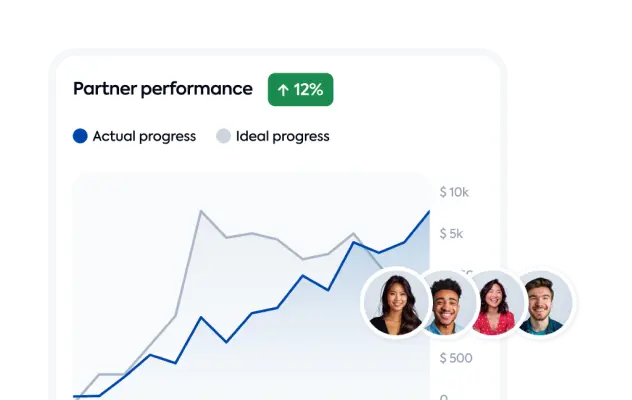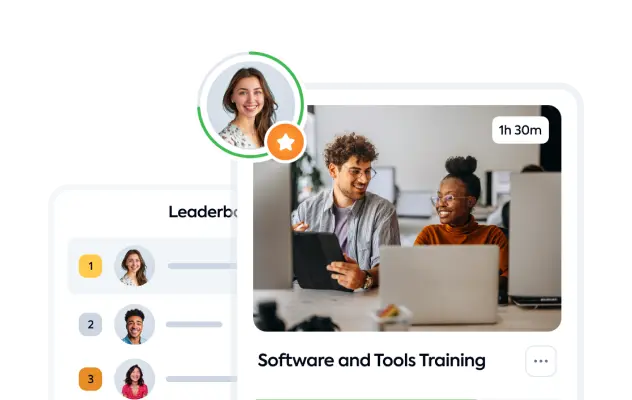TalentLMS for Remote Teams:
Bridge the gap between learners and learning
Train your people anywhere, anytime–and even offline.
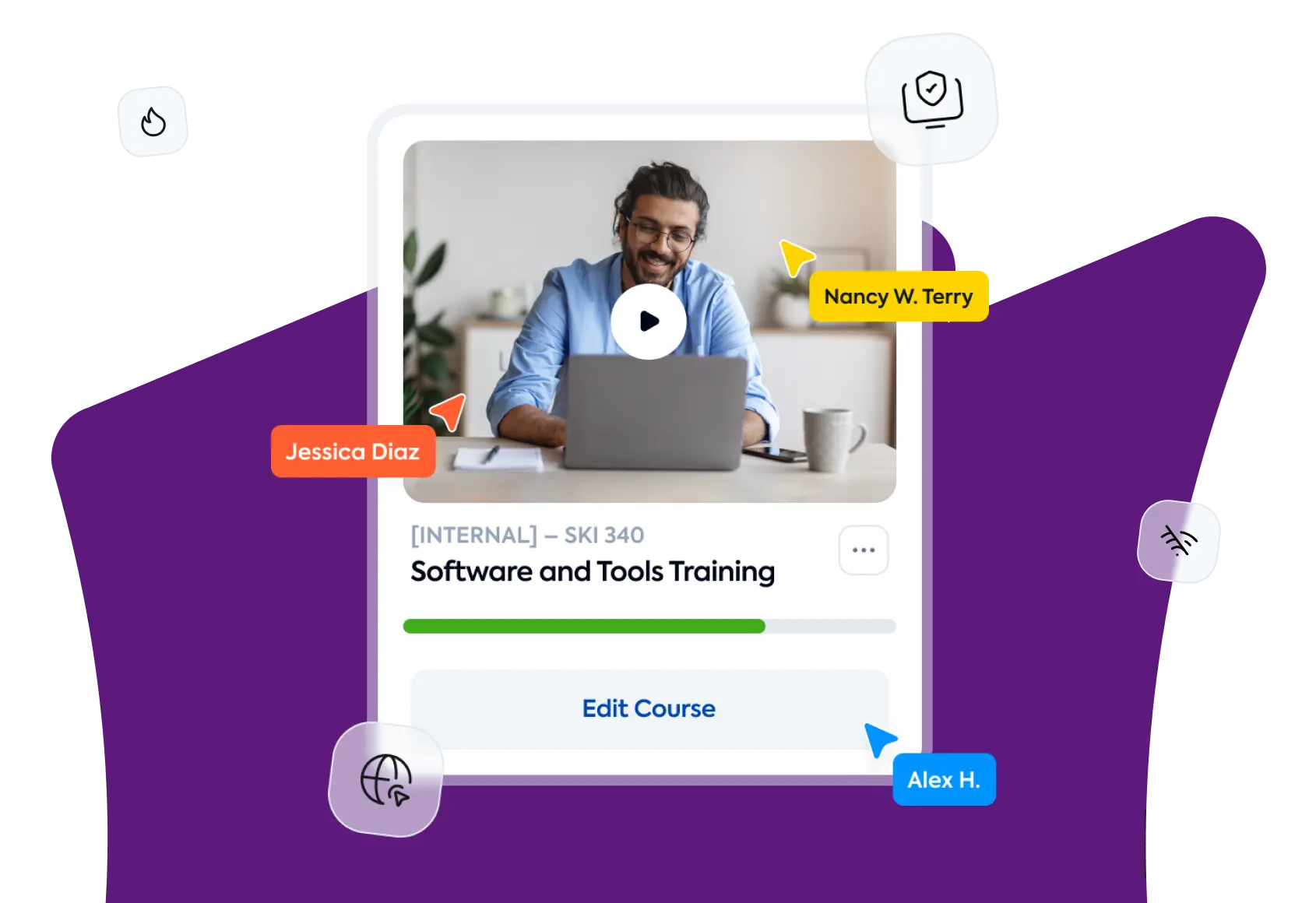
















Turn your employees into high performers wherever they are with remote training
Keep your teams engaged with learning that suits their needs and work setting.
Keeps remote teams engaged
Strengthen bonds across distributed teams and build a culture where people feel included, even when working from home. Show remote employees you’re invested in their growth to build loyalty and reduce turnover.
Offers flexible learning
Create training that’s accessible anytime, anywhere, so employees can learn in a way that works with their schedule and location. Self-led training eliminates timezone barriers and ensures consistent delivery at scale.
Boosts productivity, cuts admin burden
Give employees the skills to solve problems independently and thrive in their roles. Automated training saves managers time on follow-ups while ensuring nobody falls behind.
Remote training that goes the distance with TalentLMS
AI Coach for 24/7 learning support
Give remote employees immediate access to answers when managers or peers aren’t available. Help them solve problems and stay confident without waiting for the next team meeting.
ILT live sessions to connect with experts anywhere
Offer remote teams the chance to interact with subject matter experts through live, online, instructor-led training. Build skills, ask questions in real time, and strengthen team connection.
Detailed reports for remote team tracking
Monitor completion rates, engagement levels, and skill development across your distributed workforce. Identify who needs support and prove training effectiveness to leadership.
Discussion boards that build learning communities
Turn training into a shared experience. With discussion boards, remote teams connect, learn from each other, and feel part of a supportive ecosystem.
Fabletics OS delivers training and updates instantly to a global remote workforce
See how they use TalentLMS to keep remote teams aligned and informed in real time.
Make long-distance work with the leading LMS for remote teams
Awards are nice. But seeing your people thrive? That’s the real reward.






*TalentLMS is recognized by independent software review sites such as G2, Capterra, eLearning Industry as an industry leader.
Train your remote teams with security, simplicity, and global reach
Give dispersed teams the training they need securely, in their language, and without the learning curve.
-
Localize your portal Overcome the language barrier. Divide your learners into separate branches according to geographical location, and set their subportal to the language they’re most comfortable with.
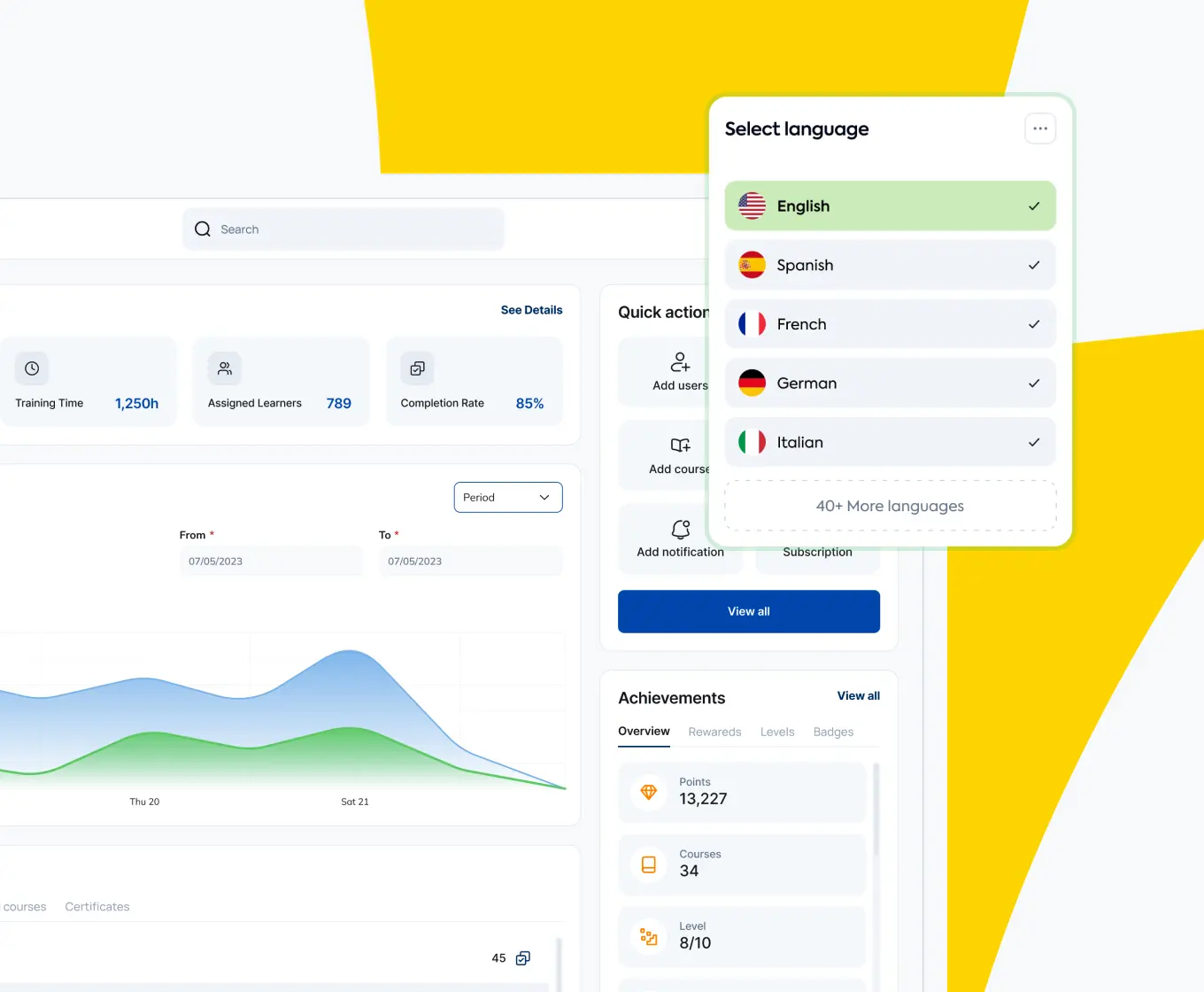
-
Prioritize your security Rest assured, no matter where in the world your teams are, your remote training LMS stays secure. Set SSO, prevent simultaneous logins, and comply with international data privacy laws.
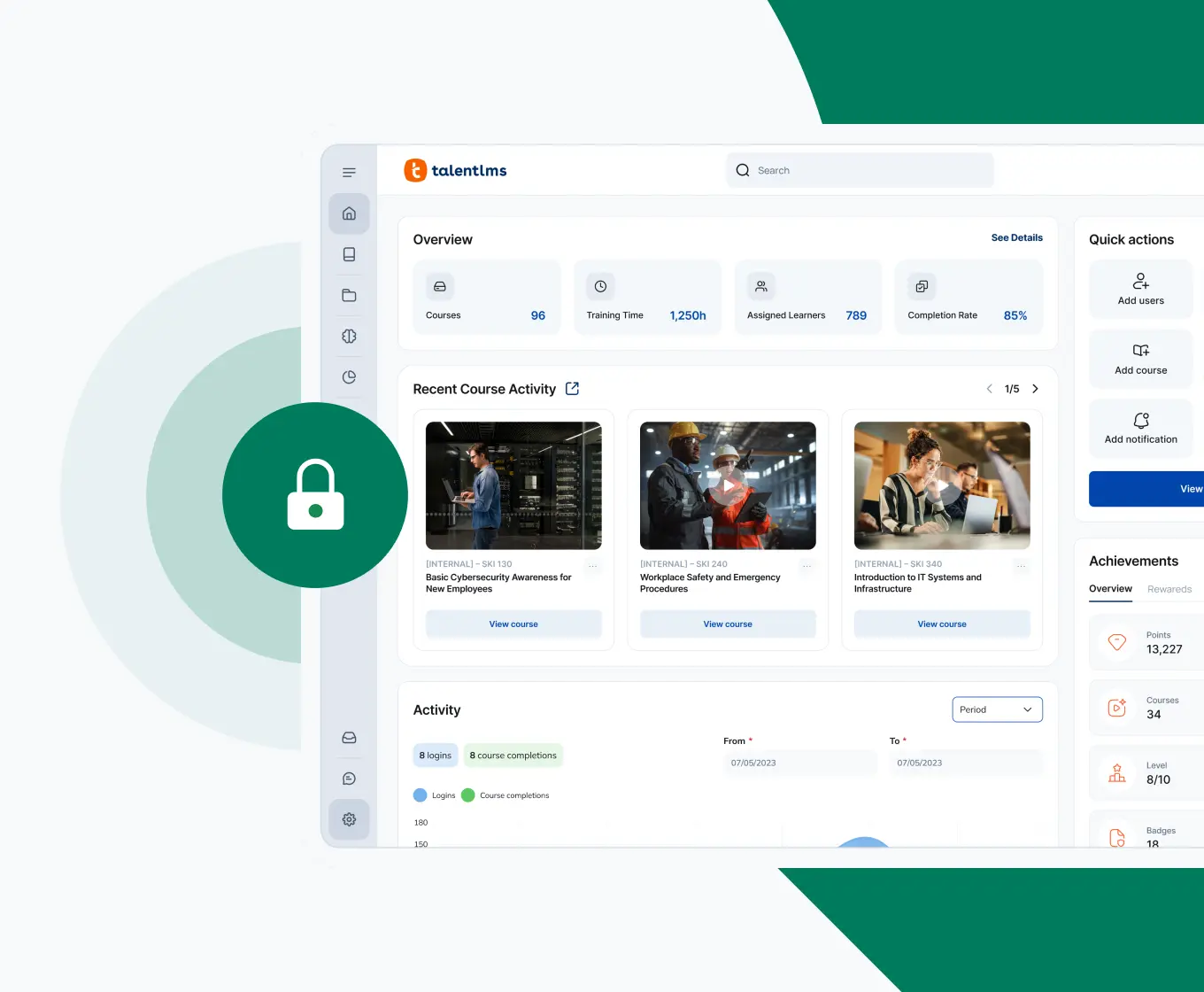
-
Train intuitively Launch the LMS designed with ease of use in mind. An intuitive interface that’s easy to grasp means your people can get to grips with their training without fighting the platform.
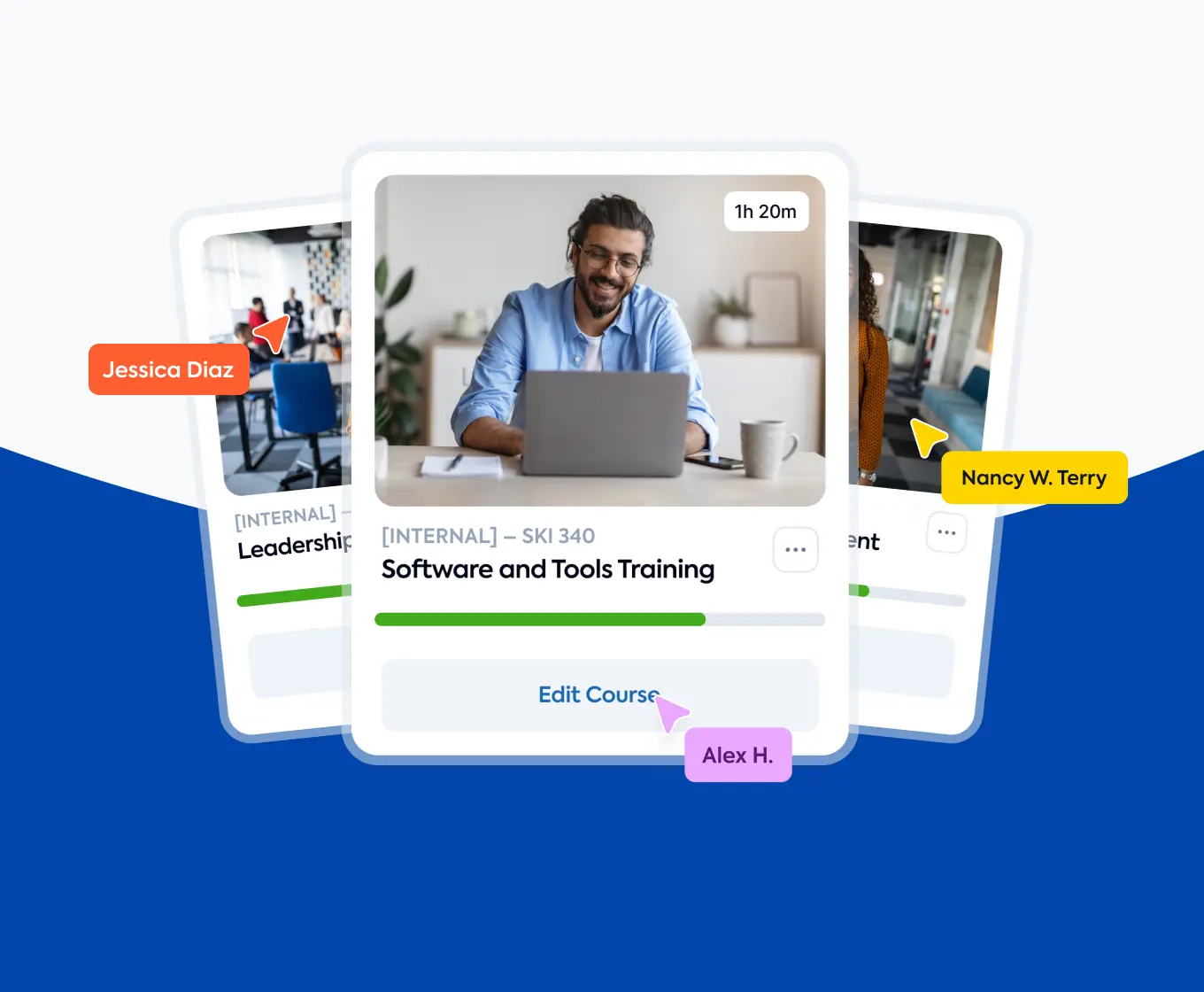

70,000+ teams enjoy TalentLMS as their remote training software
See what some of them have to say:

Why successful orgs prioritize remote training
61%
of remote employees need more training to perform better in their roles.
72%
of remote employees say they’d be more likely to stay with their company in the long run if it provided training.
78%
of remote employees, who haven’t received training from their employers, would like to get training.
The best remote training software is designed for more than one use
Introducing our Course Catalog
Save time and start training on day one with TalentLibrary™
Your training program needs more than role-specific courses. Tack TalentLibrary™ onto your TalentLMS plan and choose from over 1000+ ready-made courses (available in Spanish and English) to train your teams with. Without spending time on course creation or money on subject matter experts.

Popular
Remote Leadership
Equip managers to lead with confidence no matter the distance. Courses cover trust-building, remote goal setting, team communication, and the remote leadership model.

Well-Being Training Essentials
Help your teams build healthy habits for better balance, focus, and energy. Courses offer practical tips on nutrition, sleep, exercise, and mental well-being.

Hybrid Working
Support your teams in balancing remote and on-site work effectively. Courses cover transitioning to hybrid, managing employee experience, and building inclusive policies.
Train your people. Measure results. Drive growth.
TalentLMS gives you the tools to supercharge every step of your training.


